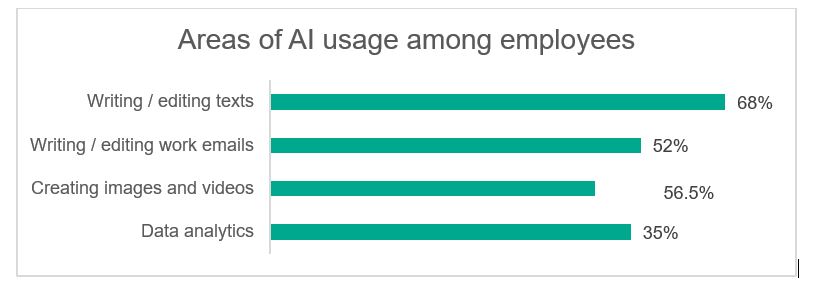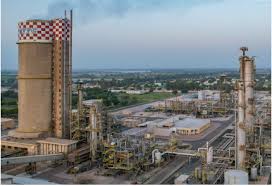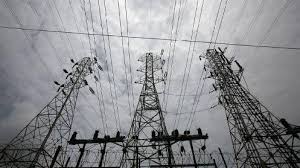
The dead satellite will return to Earth next week, and scientists admit they have no idea where it will land, which is worrying.
According to NASA, there is a one in 2,500 chance of it landing on someone’s head. The ESA (European Space Agency) predicts that the object known as the European Earth Remote Sensing Satellite (ERS-2) will re-enter the atmosphere on Wednesday, February 21 at 2:34 AM.
However, their crash forecast has a 31-hour deviation on either side. ESA describes the return of ERS-2 as “natural” because it is no longer possible to steer the satellite.
The only factor causing ERS-2’s orbit degradation is atmospheric drag, which is affected by unpredictable solar activity.
ESA says: “Although we can predict the re-entry within days, it is not possible to predict exactly when and where the satellite will re-enter before its last few orbits. As re-entry day approaches, we will be able to predict the time and location with increasing certainty. During re-entry the satellite will break into pieces, most of which will burn up. The risks associated with satellite returns are very low.”

Launched in April 1995, ERS-2 was the most advanced Earth observation spacecraft yet built in Europe.
Together with the almost identical ERS-1, it collected a lot of useful data about the earth’s surfaces, oceans and polar caps, and was also tasked with monitoring natural disasters such as catastrophic floods or earthquakes in remote areas.
ESA decided to stop the project in 2011, roughly 16 years after it started. A series of deorbital moves were made to lower the average altitude of the satellite and reduce the likelihood of collisions with other spacecraft or space debris.
Thirteen years later, the satellite re-enters the Earth’s lower atmosphere, where it catches fire. Because spacecraft reentry is uncontrolled, it is impossible to predict exactly when and over which part of the Earth it will occur.
ESA’s Space Debris Office is monitoring the degradation of the satellite’s orbital path and will provide frequent updates in the days leading up to re-entry.
They said: “The ERS-2 satellite, together with its predecessor ERS-1, has changed the way we see the world we live in,” says Mirko Albani, head of ESA’s Heritage Space Programme. It has given us new insights into our planet, the chemistry of our atmosphere, the behavior of our oceans and the impact of human activity on our environment.”









